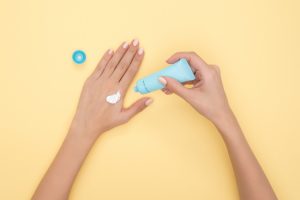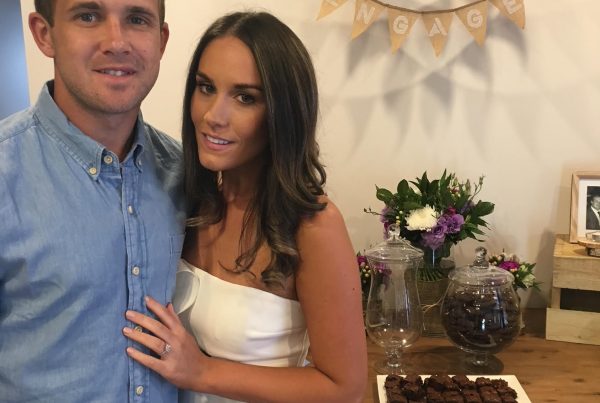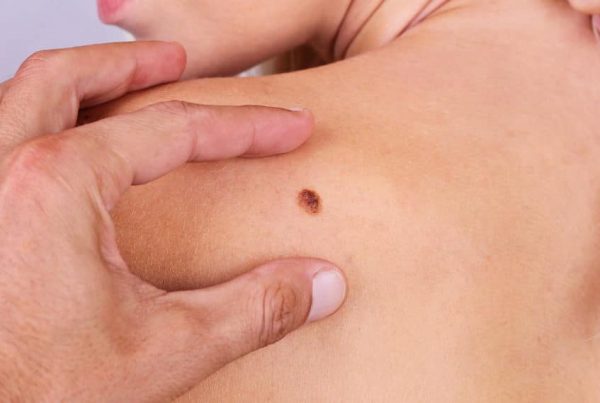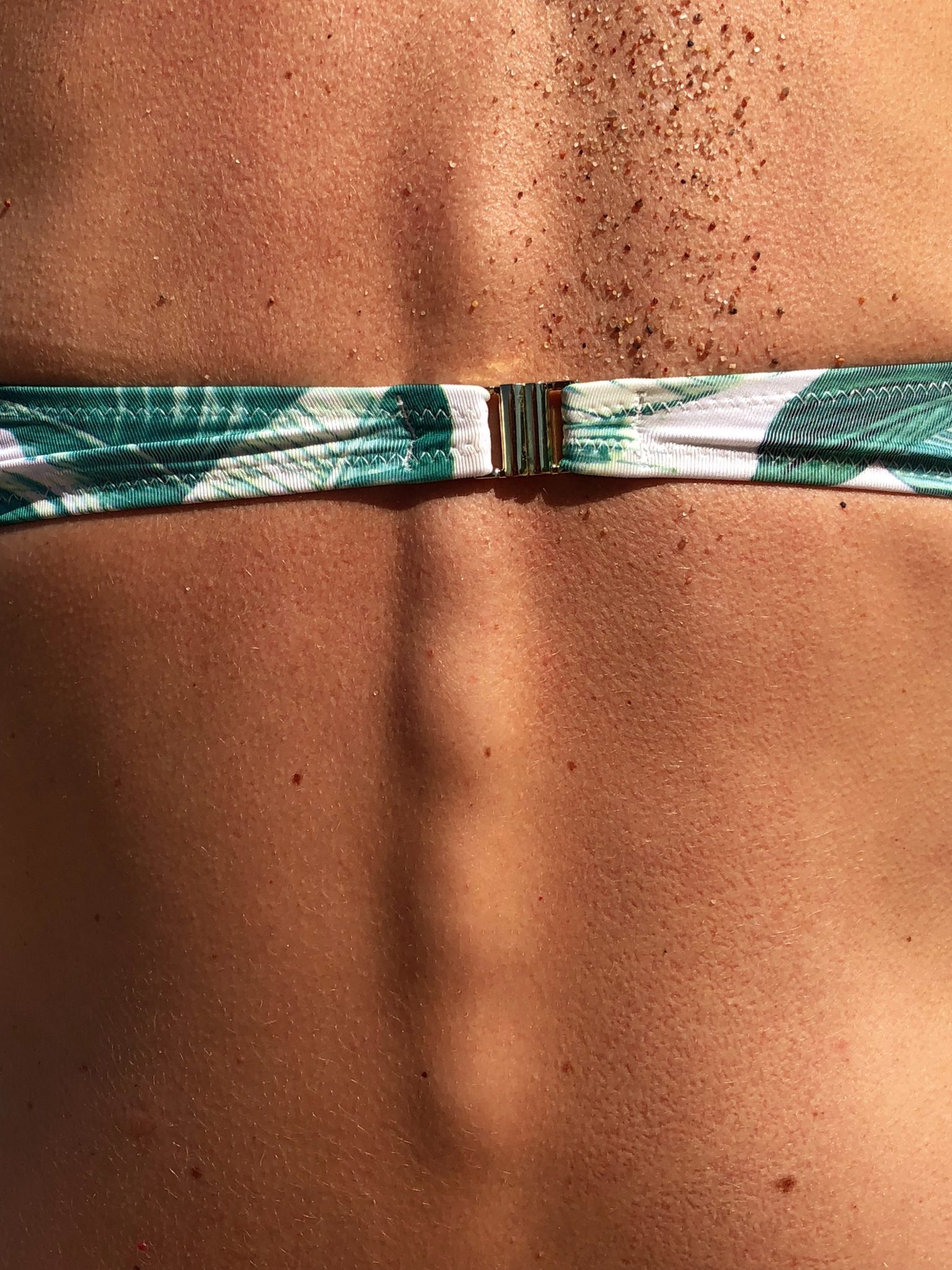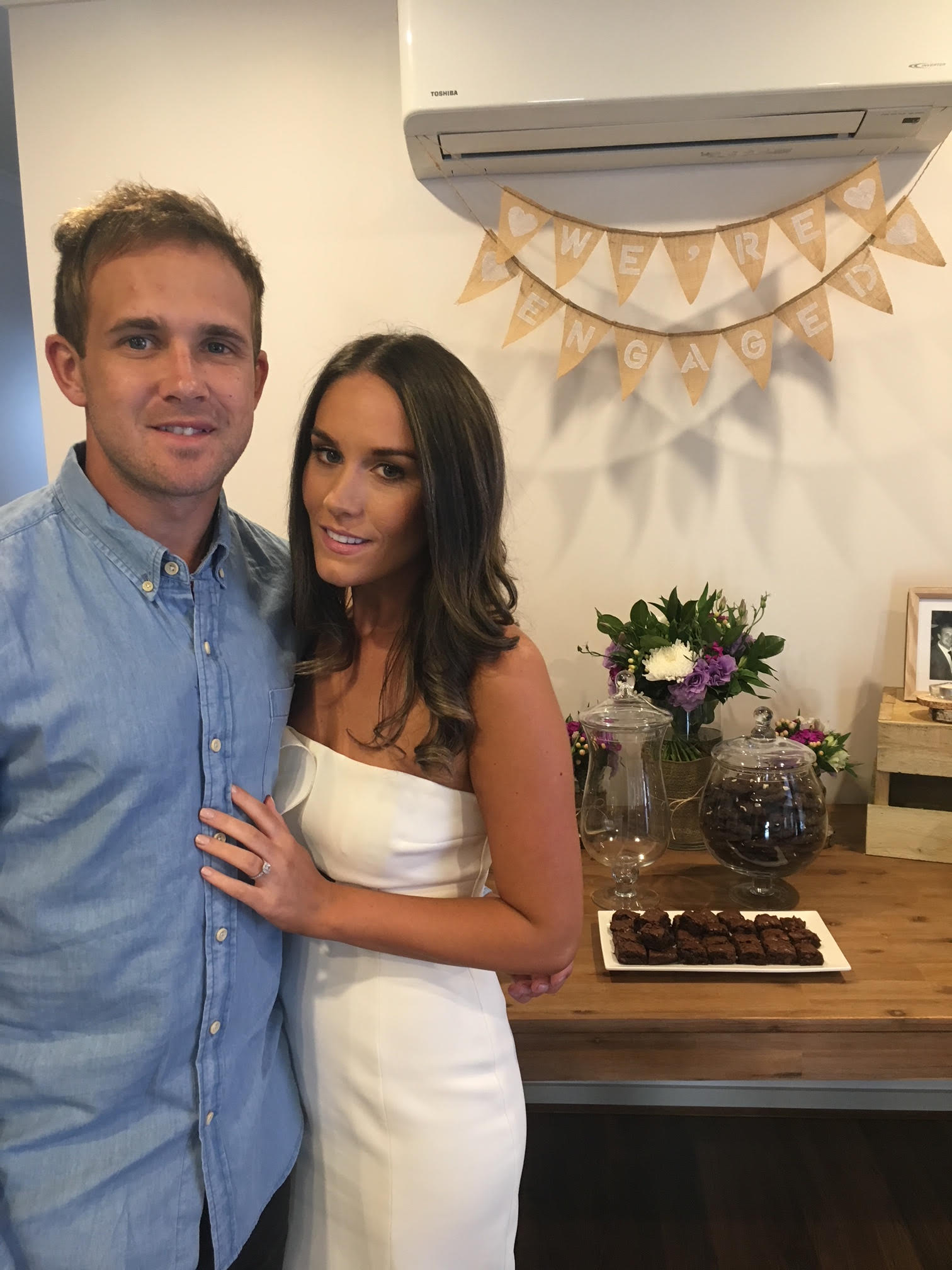
An Unexpected Diagnosis
When Stacey was just 28, she was diagnosed with Melanoma.
Finding the melanoma wasn’t supposed to happen, but due to a series of events Stacey is lucky it was found in such early stages.
“I booked my husband in for a mole check as one of his footy team mates was diagnosed with terminal cancer from a melanoma” Stacey recalls. “Unfortunately, (well very fortunately) my husband couldn’t make the appointment at short notice so instead of cancelling the appointment I decided to get my moles checked.”

“It was Sunday afternoon and my husband and I were shopping at Fountain Gate when I received a call from Dr Paul’s Clinic”. Stacey was asked to attend the clinic immediately. “Upon this phone call my husband and I knew the mole must of been cancerous and our legs went to jelly.”
Dr Paul broke the news to Stacey that the mole had tested positive to melanoma. The cancer was spreading across the surface of Stacey’s skin and towards her bloodstream and the entire circumference of the mole tested positive to melanoma. However due to the early diagnosis, “he was extremely positive and reassuring that I would return to full health.”
Once Stacey was given her options for the removal of the melanoma, Dr Paul was able to undertake the procedure.
“The idea of having cancer in my body was terrifying so I wanted to ensure it was gone as quick as possible.”
The procedure to remove the cancer took place the next day and 1cm was removed around the original incision. A hole about the size of a 20cent piece was cut to create a flap in the skin to stretch and cover the hole. Stacey received a total of 21 stitches. This was then sent off for testing – and luckily came back with the all clear and no further traces of melanoma.

A family history of melanoma is apparent in Stacey’s family, with a few of her Mother’s 6 siblings being diagnosed later in life. “They were definitely surprised with my diagnosis,” Stacey claims. “I have two siblings myself and both are blonde with fair skin, while I am a brunette with olive skin. Call me naive, but I thought they would be more at risk than myself!”
“Like most Australians, I love being outdoors and soaking up the UV rays, but we need to realise that without the proper skin protection, this can come at a price.” Stacey still enjoys summer and the outdoors but now uses a 50+ sunscreen any time she heads outside.
“The diagnosis changed my outlook on life. I try not to stress the small stuff, and I take very little for granted. I wanted to share my story to encourage people of all ages to get their skin regularly checked, and to also push the use of sun protection for themselves and their families.”
“I know have a big beautiful scar on my arm which I wear with pride. It is a reminder not only to myself, but to all that know me to Slip, Slop, Slap!”
Thank you to Stacey for giving her permission to publish her story and her voice to help raise awareness about the importance of getting your skin checked.
If you are concerned about any unusual spots, freckles or moles, book an appointment to have your skin checked by an independent GP consulting at HealthMint by clicking here.
You can read more about skin checks and mole removal here.
If you would like more information on melanoma and the signs and symptoms to look out for then read our other articles:
Want more information?
Call (03) 5611 3365 to speak to a friendly patient concierge
or book an appointment here
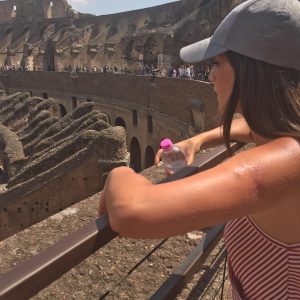

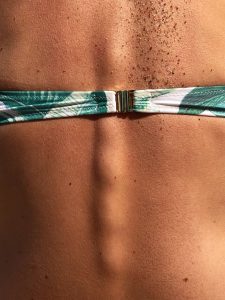
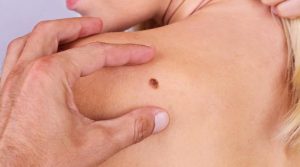
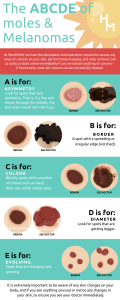
 order to take in and absorb Vitamin D which is crucial to your health. However it is recommended to do this in the earlier hours of the day and in the evening when the sun is not at its strongest.
order to take in and absorb Vitamin D which is crucial to your health. However it is recommended to do this in the earlier hours of the day and in the evening when the sun is not at its strongest. 